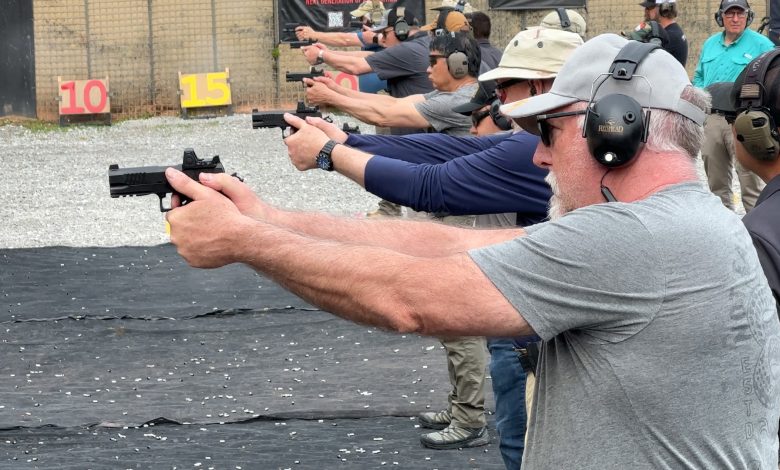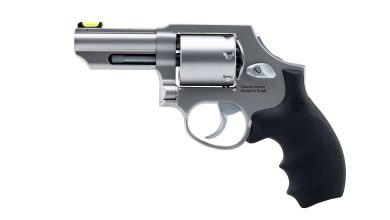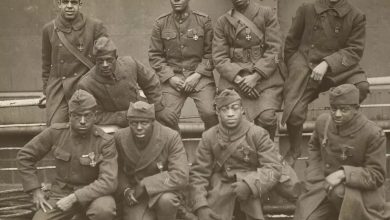It Works For Me

A few years ago, I was taking a top-level training class and one of my fellow students was struggling to keep up. The class covered “real world” concealed carry and gave us great insights, but this student was always a step behind due to a gear issue. He had brought his regular carry gun to the class, (a SIG Sauer P938, which is a perfectly serviceable defensive pistol) and was carrying it at the appendix position in a hybrid holster. The problem was, the holster he was using was designed to be carried on the right hip, not upfront on the waistline. It was an awkward moment, and he defended his choices by saying “It works for me.” Did this setup work? Well, sort of. It allowed him to carry a pistol on a day in, day out basis, but that setup failed when put to the test of a defensive pistol class.
Lose Your Illusions
I see this sort of thing in my classes all the time. People purchase a pistol for daily concealed carry (good idea), buy a holster so they can carry it whenever possible (really good idea) but then subject those choices to a few dry-practice draws at home, at the very most. It worked for them, under those conditions. Once they attend a class that requires you to draw from a holster, weaknesses in those gear choices are exposed. The guns and gear they chose did indeed work for them, but only in the tamest of test conditions.
There’s a phrase I heard a while back that has stuck with me throughout the years, “Amateurs practice until they get it right. Professionals practice until they can’t get it wrong,” and I think that applies to gear as well as practice. You may think your choices in guns and accessories “works for you,” but under what circumstances? Your gun might indeed “work for you” when you’re punching holes in a paper target at your local range, but will it work under the stress of a life-or-death situation? That discount optic seemed like a great deal at the time, but if it loses zero while being carried about, that is not “working for you,” or anyone else for that matter.
I should point out here that I am not suggesting that everyone only buy gear that has been tested by the government to work at the bottom of the Marianas Trench or in Point Barrow, Alaska. However, I am suggesting that “Meh, good enough” is not the right attitude to have when it comes to something you’re going to rely on when danger might be pounding on your door. Have you ever heard of anyone price-shopping skydiving gear? Me neither.
Reality Doesn’t Care About Your Favorite Gear
So how do we find that happy medium between Seal Team Six and a clueless newbie? Here are a few suggestions.
- Regular Practice
If you keep running into the same issues with a gun or an accessory, take that as a clue, and make some changes. A holster that flops around on your belt or a gun belt that doesn’t hold your holster in place are just two of the things to look out for when you practice. Other things would include frequent malfunctions, which are the sort of thing that shows up only if you shoot more than a box or two of ammunition through your pistol. - Take A Class
This doesn’t have to be a week-long, 2,000-round affair that’s held in a remote range in East Nowheresville. An NRA CCW or Personal Protection class or something similar will do the trick. What you want is something that’ll push you and your gear out of your comfort zone and see where your failure points are. - Compete
Mike Tyson once said “Everybody has a plan until they get punched in the face.” Competing in a practical pistol match using your carry gear is having reality punch you in the face, over and over again. Is it fun? Yes, absolutely, it’s an adrenaline rush like no other. Is it humbling to find out just how good you really aren’t? Also yes.
So why go to all this bother? If it “works for you,” why not keep doing what you’re doing and hope for the best? Well, reality gets a say (a big say) in what a defensive encounter might look like, so we need to make sure our gear and skills are ready for the real world, and not our fondest wishes. Hope is not a strategy, and luck is not a plan. Try to keep both at a minimum when carrying a defensive pistol.
Read the full article here









